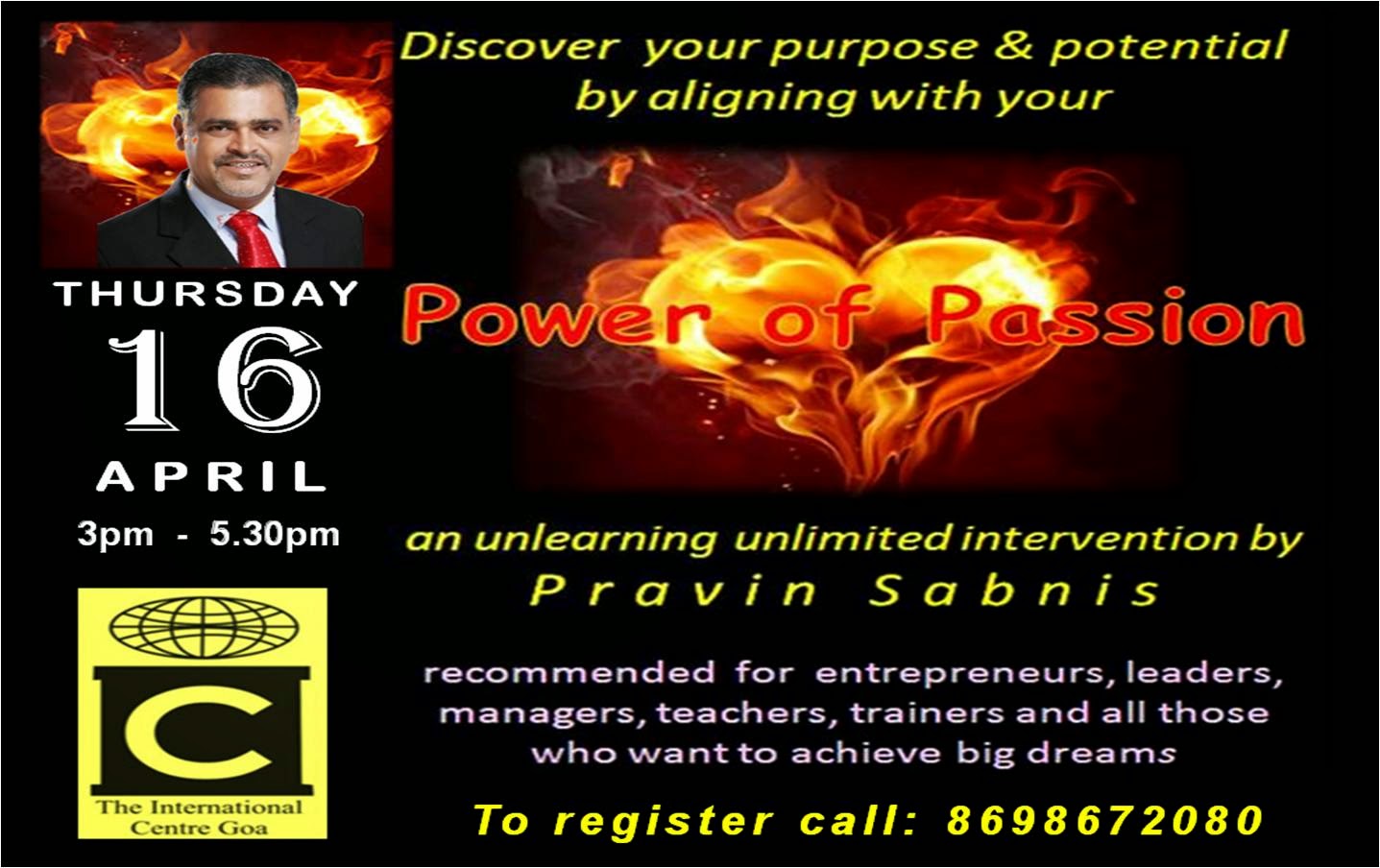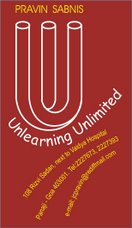‘Seize the day’ is
a version of the Latin Maxim - Carpe Diem. The term comes from a poem by Horace:
‘carpe diem, quam minimum credula postero’ (Seize the day, put very little
trust in tomorrow). The verse indicates that the future is unforeseen and rather
than leave things to chance, one should do all one without waiting. The suggestion
is to overcome procrastination.
The term
‘procrastination’ comes from the Latin word ‘procrastinatus’, which evolved
from the prefix ‘pro’ meaning ‘forward’ and ‘crastinus’ meaning ‘of tomorrow.’
Popularly it implies blameworthy delay due to laziness or apathy. However it is
pertinent to note that proactive, dynamic people are often seized by procrastination.
In fact it is
positive qualities of well intentioned persons that can result in them finding
themselves in a position of procrastination. These qualities include
perfectionism, being over analytical, saying ‘Yes’ to every task, multi-tasking
and being ‘busy’. But, the real reason is not being able to commit to the real priorities
that are revealed only when we connect to our passion and purpose.
Hence, ‘seize the
day’ is first, a matter of temperament and then a matter of technique. We must reclaim
ownership of our passion and purpose. When we follow our heart, it is easier to
break from indecision. We need to sift and prioritise all our commitments, our
responsibilities and most importantly the things that will make us happy.
Overcoming
Procrastination is not just about doing things at the right time. Rather it is
about doing the right things at the right time. Hence ‘seize the day’ is about
taking the opportunities to be happy every day by following our passion,
pursing a hobby, reconnecting in a relationship, doing little acts of love and doing
all that makes us truly contented.
Overcome
procrastination... Seize the day!
Our passion and purpose will show the way!
- Pravin K. Sabnis
Goa, India.




